Keyword research is where SEO starts. Find keywords to target and rank on Google. But is it really that simple? No, it’s not just this anymore. It’s now finding the right keywords (less competitive) and doing more before ranking on Google. So the real question is: how to find low competition keywords?
Targeting high traffic keywords might be the biggest mistake you can make today.
Because these high traffic keywords might seem like a nice catch, but they’re highly competitive. So competitive that no matter how brilliant your content piece is, you won’t rank.
Why? I’ll tell you below in detail.
So, here’s the catch.
To drive organic traffic, target low competition keywords with high traffic.
By now, you might have many questions like:
- What are low competition keywords?
- Why target them?
- Who should target them?
- How to find these keywords?
- And more.
This post will answer all of them.
More than that, it’ll give you the step-by-step process of finding low competition keywords that you can use to create content and drive organic traffic.
Want to save this pin for later?

This post may contain some affiliate links that is I may earn a small commission at no extra cost to you that I would use to maintain this blog. Thanks for understanding.
Let’s build some context first.
But if you already know what low competition keywords are, head straight to the steps for finding them.
What are Low Competition Keywords?
Low competition keywords are keywords that do not have a lot of competition. These keywords are easy to rank. In short, low-competition keywords are perfect for new or small websites to rank for and drive organic traffic.
Let’s start with the basics.
There are two types of keywords:
- High competition keywords
- Low competition keywords
Here’s the difference between the two.
High competition keywords
High competition keywords are difficult to rank because they’re competitive. Big sites with high domain authority are already ranking for these keywords. Here are a few qualities of high competition keywords:
- Also called short tail keywords because they have one or two terms. For example, “apple” or “apple pie.”
- Have a high search volume.
- Have no clear search intent. You can’t tell why the reader is searching for “apple pie.” Is he looking for nearby places to get apple pie? Or a recipe to try at home?
- Have a high keyword difficulty.
For example, here’s the overview report of the keyword “apple pie.”
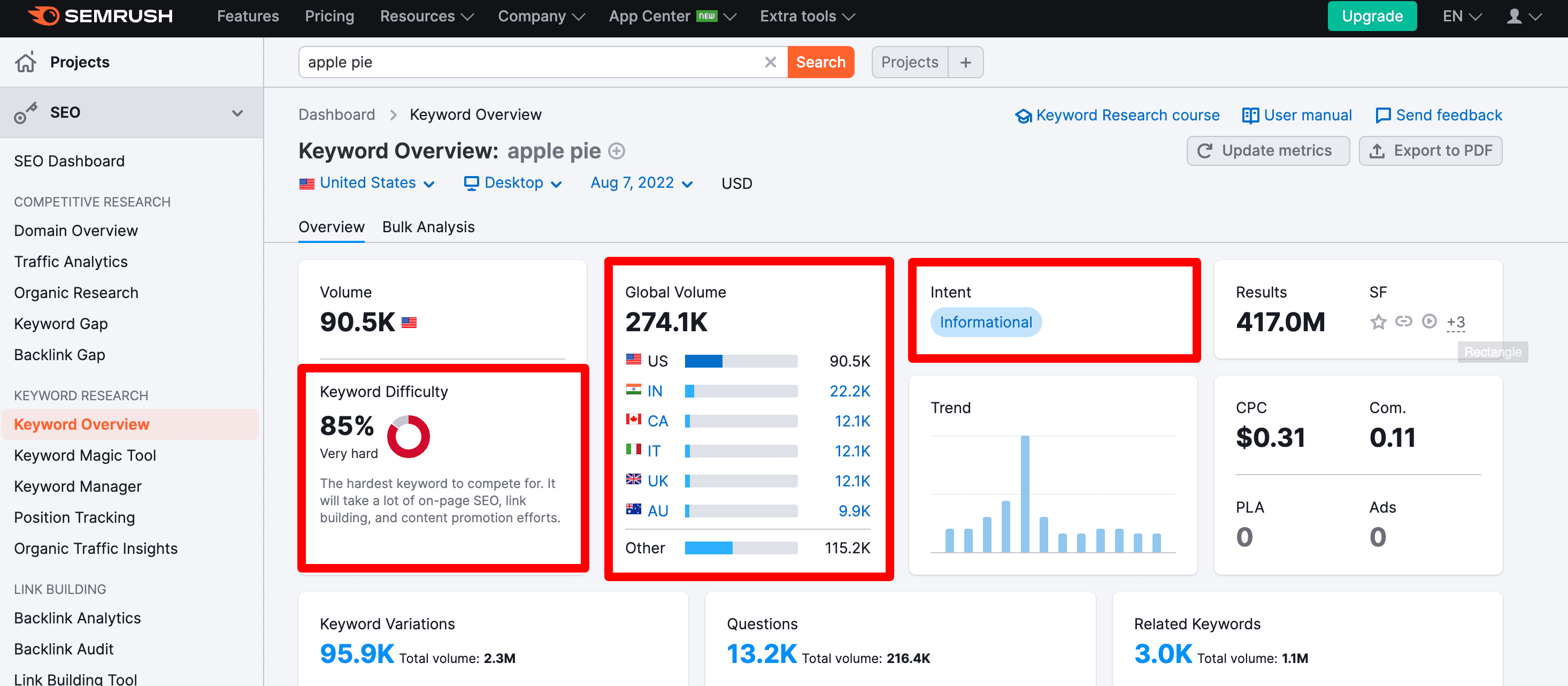
Look at these things in the report:
- The global search volume is 274k per month.
- The search intent is informational. Why? I’ll tell you below.
- The keyword difficulty is 85%. It’s one of the most competitive keywords to target.
So, these keywords are not a good fit for beginner websites to target. No matter how much effort you put in, you won’t be able to rank.
Low competition keywords
Low competition keywords are easier to rank because they’re less competitive. Big sites don’t target these keywords, so they’re untouched. Here are a few qualities of low competition keywords:
- Also called long tail keywords because they have more than one or two terms. For example, “how to make an apple pie” or “best apple pie places near me.”
- Have a low search volume.
- Have clear search intent. You can tell by searching for “how to make an apple pie” that the reader is looking for a recipe.
- Have a low keyword difficulty.
For example, here’s the overview report of the keyword “how to make an apple pie and see the world.”
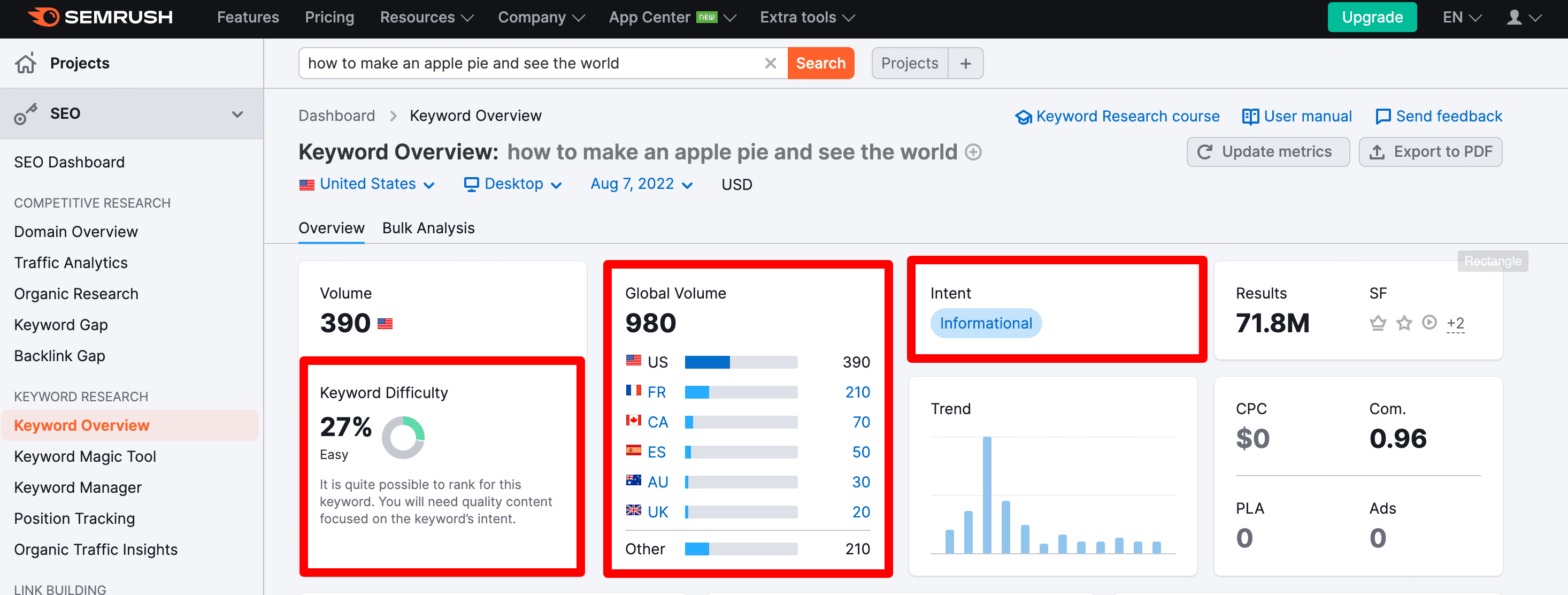
Look for these things in the report:
- The global search volume is 980 per month.
- The search intent is informational.
- The keyword difficulty is 27%. It’s an easy keyword to target.
So, these keywords might not have a lot of monthly search volume, but they’re easier to rank. You can drive organic traffic by targeting these, which you can’t with high competition keywords.
Why Target Low Competition Keywords?
As a new or small website owner, high competition keywords are not ideal for you. Targeting low competition keywords has many benefits:
Easy to rank and drive traffic
These keywords are easier to rank because of their low search volume. Big authority sites don’t go after low-volume keywords because they want to drive more traffic from high-volume keywords.
So, low competition keywords are left unused. You can rank for these keywords by publishing high-quality, SEO-friendly, and valuable blog posts.
Have a clear search intent
Low competition keywords are generally long tail. They have more than two words, so they have a clear search intent.
If you don’t know what search intent is, it’s the ‘why’ behind a query. Why is the user searching for this term? What does he want to find?
There are three types of intents:
- Informational: The reader is searching for information. For example, “what is SEO” or “how to make an apple pie.”
- Navigational: The reader is searching for sites to find sources. For example, “best apple pie maker.”
- Commercial: The reader is looking to make a purchase. For example, “order apple pie near me.”
Let’s now take examples with long and short tail keywords.
For the long tail keyword “how to make an apple pie,” the search intent is clear. The reader wants to find the information, a recipe to make an apple pie.
For the short tail keyword “apple pie,” you can’t answer the ‘why’ behind the query.
The keyword overview report above showed informational intent for this short tail keyword because it’s a guess. In such cases, Google presents different types of results and analyses the results.
For example, to one set of audiences, it will display informational results. And commercial to another. Sometimes it shows mixed results. After tracking their performance for some time, Google decides which type of intent results to display.
However, ranking for keywords with no clear search intent isn’t helpful.
Why?
If you target keywords with clear search intent, you can be sure that the readers will take the action you want. You want to drive high-quality traffic that converts, not the confused people who aren’t sure what to do.
For example, if you rank for a commercial keyword “buy iPhone 13 max” and a reader who is ready to buy clicks on your link, there’s a high chance he will purchase from your website.
Google wants to rank sites with clear search intent to deliver the most relevant and reliable information.
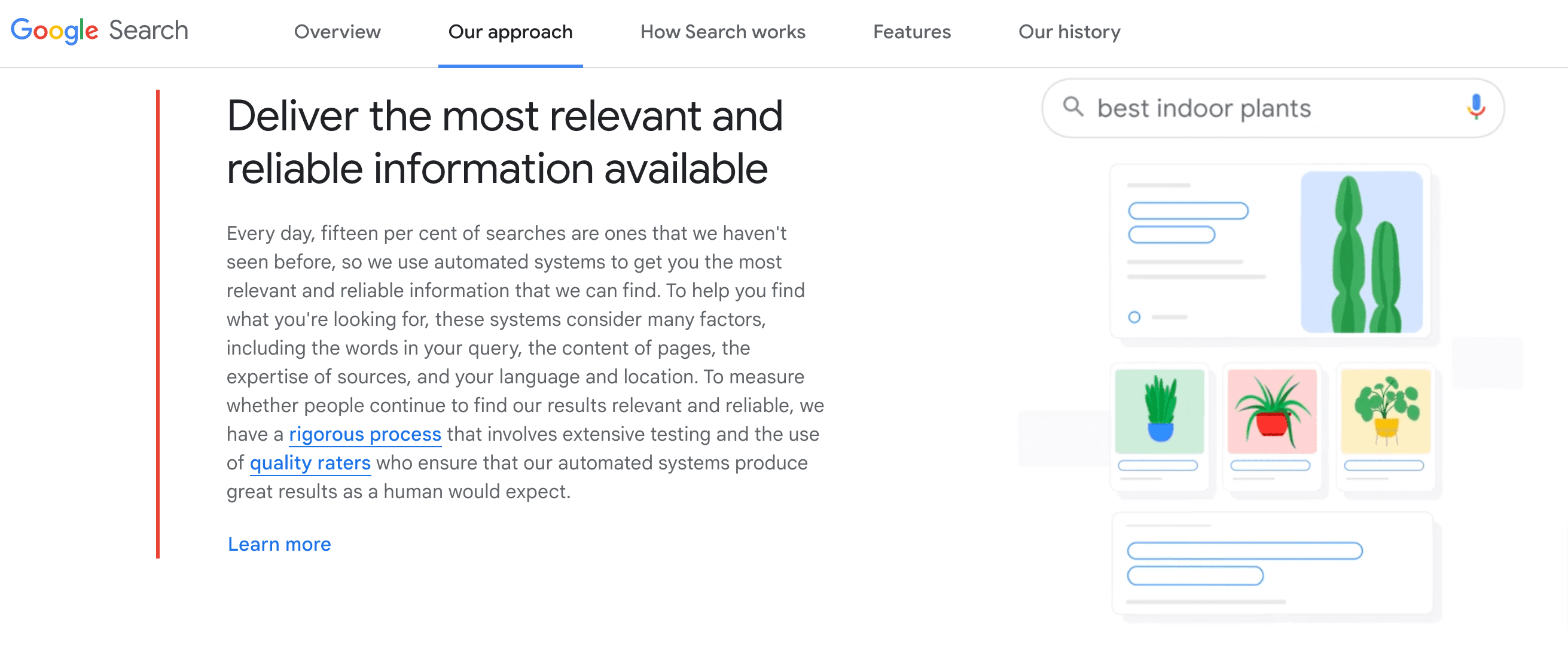
So, if you want to rank, nail the matching search intent part. It’s easier with the long tail and low competition keywords.
But the same is not for short tail, high competition keywords with unclear search intent.
Easy to build authority
Ranking for multiple low competition keywords in your niche helps in two ways:
- Becoming a go-to expert whenever your target audience has any questions.
- Becoming a credible source such that Google starts ranking your site for more difficult keywords.
Who should Target Low Competition Keywords?
New and small website owners should target low competition keywords.
As these sites are starting, the goal is for search bots to notice their existence and start picking their posts to rank on Google.
New site owners should target multiple low competition keywords and try to rank for as many of them.
Once you start ranking for most of the terms in your niche, Google will find your site as a credible source. After that, it becomes easier to rank medium or high competition keywords.
I targeted high competition keywords in the first two years of my blogging journey. I got no search rankings. But after learning and targeting low competition keywords, I’m ranking for 1000+ keywords.

If I keep following this strategy, I’ll be able to target difficult keywords after some time.
So, it’s better to start small and grow.
Focus on low competition keywords if your site is small.
How to Find Low Competition Keywords?
Now that you know targeting low competition keywords is a good option, you might want to learn how to find low-competition, long-tail keywords. Here’s a step-by-step process of finding low-competition keywords.
Step #1: Create a spreadsheet to collect ideas.
Start with creating a spreadsheet to collect all keywords. You can gather ideas on a Google Sheet.
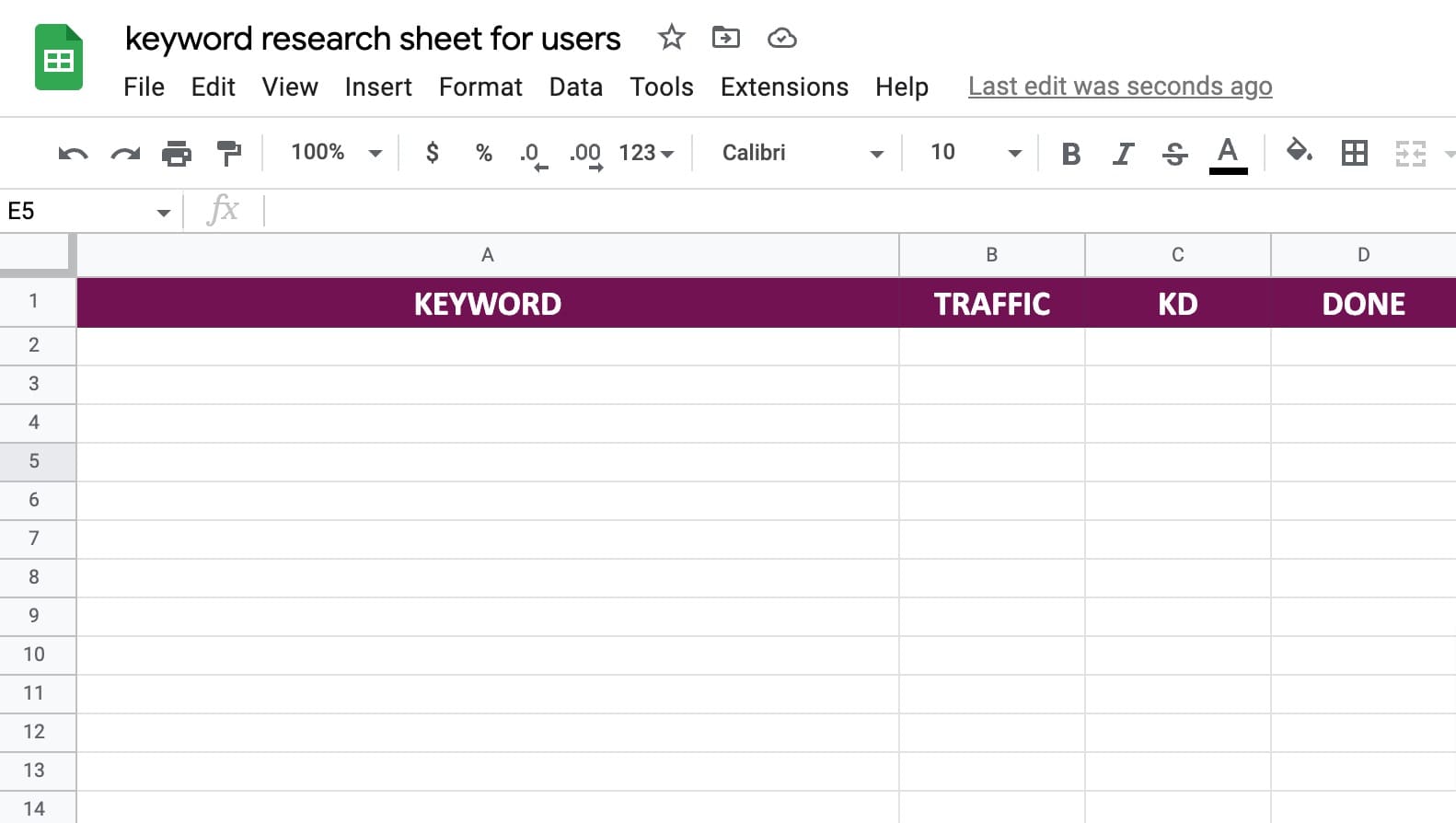
Make a copy and start using it.
Step #2: Find root keywords using Google.
To find low competition keywords start with finding root keywords. Root keywords are random terms you search on Google to uncover keywords you want.
Here are a few ways to find root keywords.
Use the Google search bar.
Type any keyword on Google search. The keyword should be about your next blog post topic.
For example, if I want to publish a blog post on SEO courses, I’ll type “SEO courses” on the search bar. Then hit the spacebar, and Google will auto-suggest some root keywords.
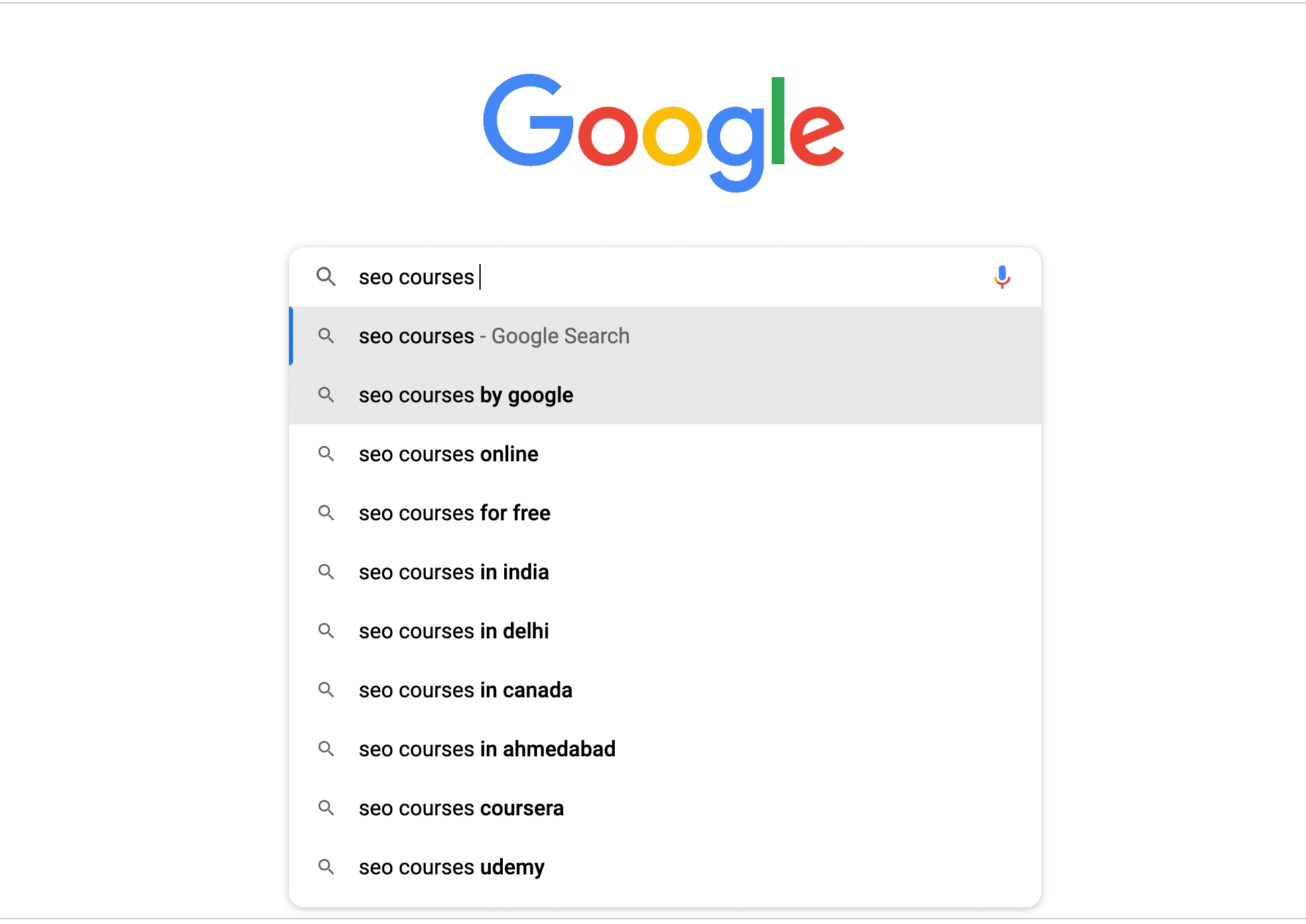
Similarly, you can add terms like “for,” “free,” and more to get more keyword suggestions. Add keywords to your Google sheet that you find are a good fit.
Use the “People Also Ask” section.
Take one keyword from the previous method and search it on Google. Suppose I search for “SEO courses for bloggers,” now check out the “People Also Ask” section to find more Google recommended keywords.
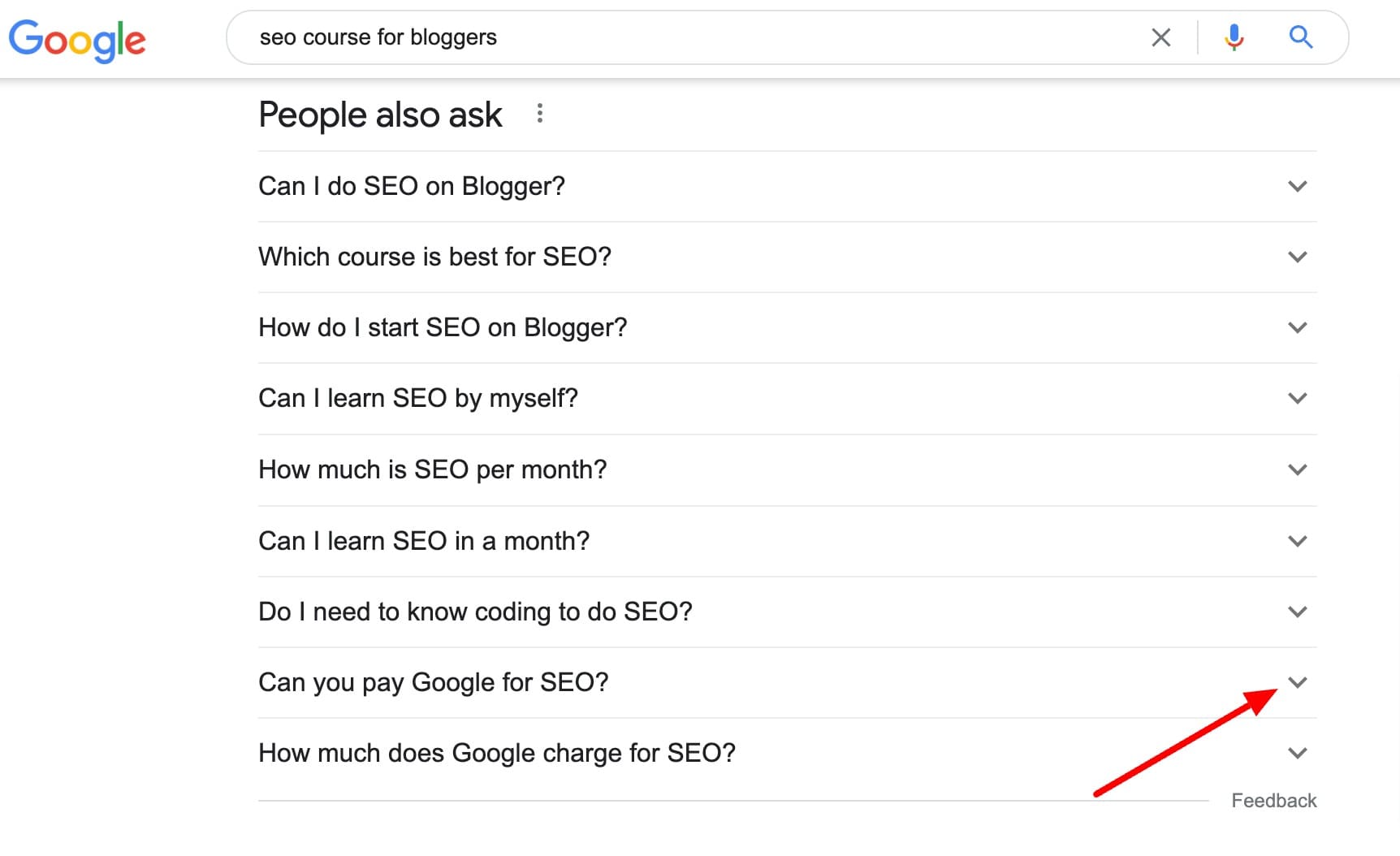
These keywords are valuable because Google is telling you to answer these questions. To find more questions, click on the little drop-down button.
Use the “Related Searches” section.
Another place to look for more keywords is the “Related Searches” section. On the SERPs, scroll down to the bottom to find related keywords.

Use these three methods to find as many root keywords as you like. Want to add more to your list? Check your competitors’ keywords.
Step #3: Use a keyword research tool.
Using a keyword research tool makes the overall process quick and easy. I use the SEMrush tool for my keyword research and recommend others.
SEMrush is a good tool to find keywords but if you want an affordable option, check out other keyword research tools.
For this process, I’ll use the SEMrush tool to show you how to find low competition keywords.
Use SEMrush’s keyword magic tool.
On your SEMrush dashboard, go to the keyword magic tool on the sidebar. Then search using one of the root keywords you found using previous methods.
For example, if I put “apple pie” in the keyword magic tool, I’ll get more keywords to add to the list.
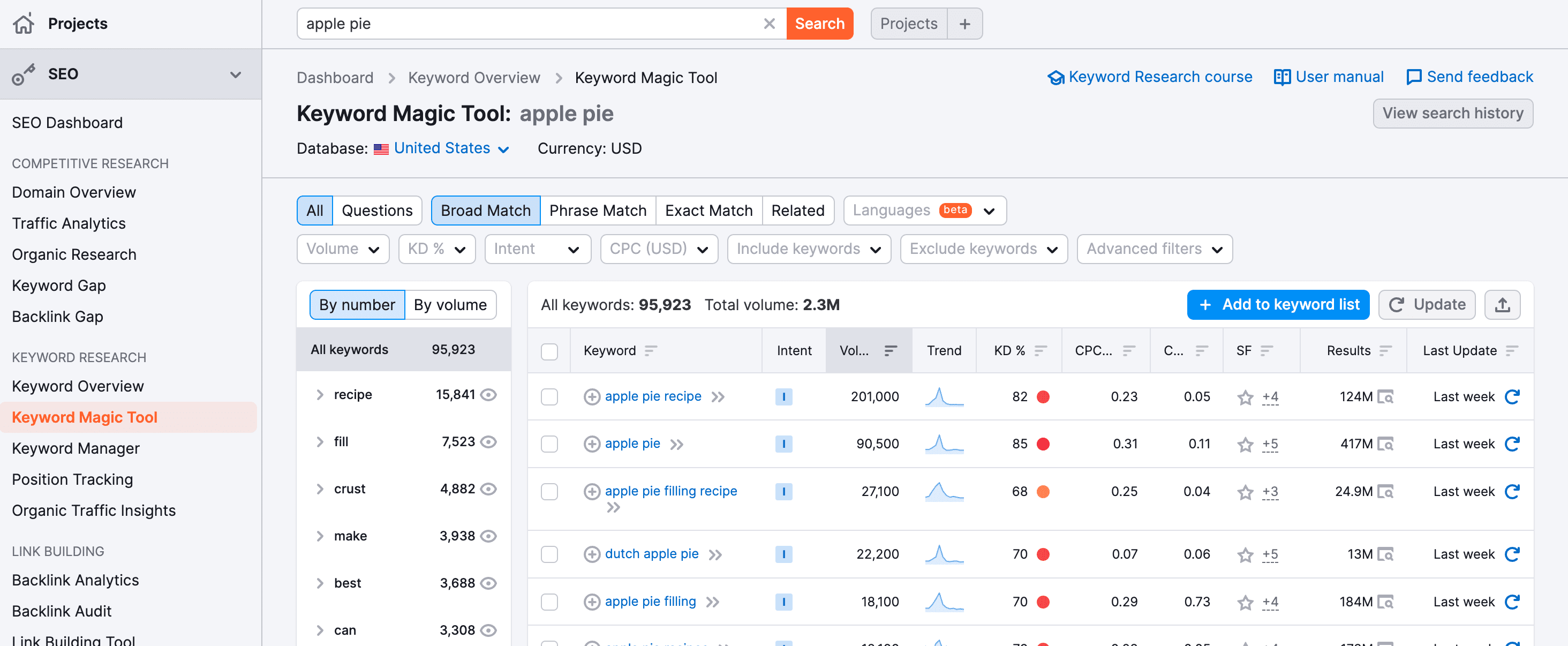
This method is a bit better because you can use the filters to specify your research. After setting the KD easy and intent informational, I got a different set of keywords.
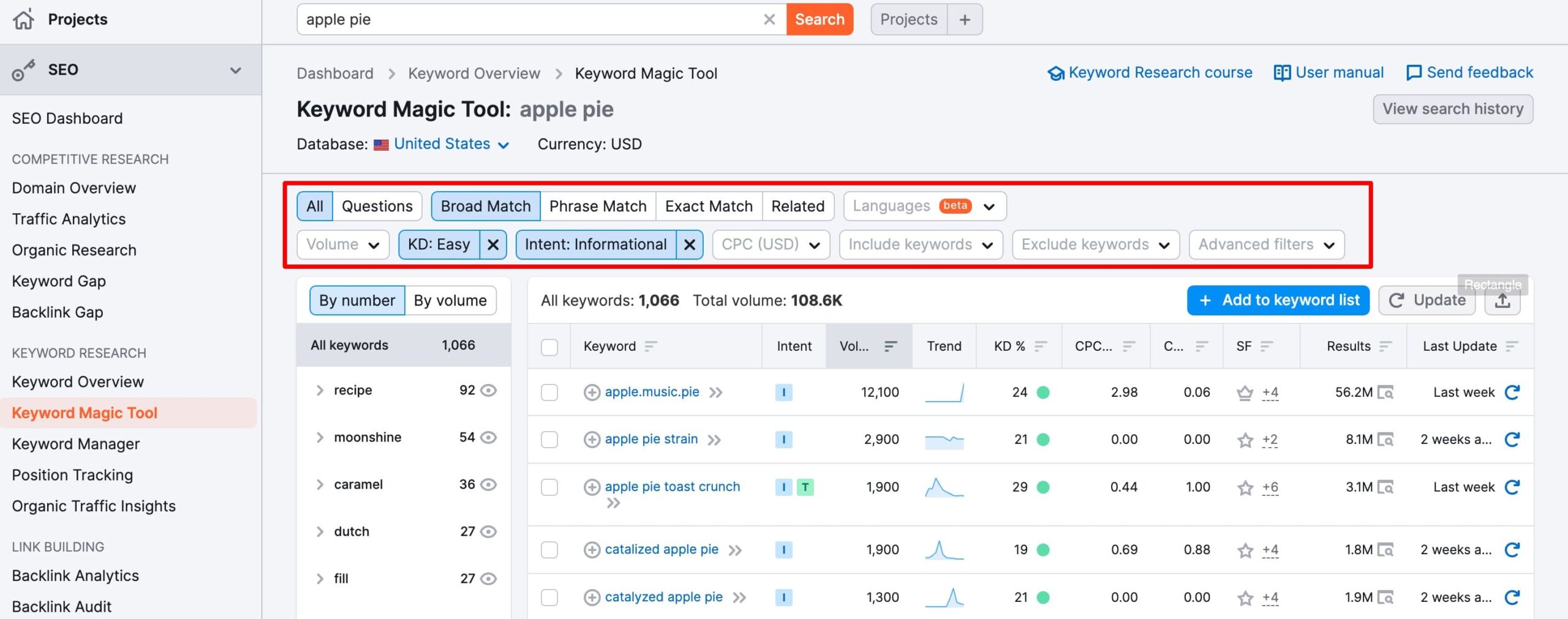
You can discover more hidden keywords. Generally, I trust these keywords more as I get to see data along with them.
Once you have enough, it’s time to filter out the low competition keywords.
Step #4: Filter low competition keywords.
The next step is to remove the wrong keywords and leave only low-competition keywords in your list. So what are you going to do? You will analyze each root keyword to determine if it’s a good keyword to target.
How? By using SEMrush.
First, go to the keyword overview tool, paste the first keyword in the search bar, and hit enter. Suppose I put “Korean apple pie recipe,” and here is its overview screen.
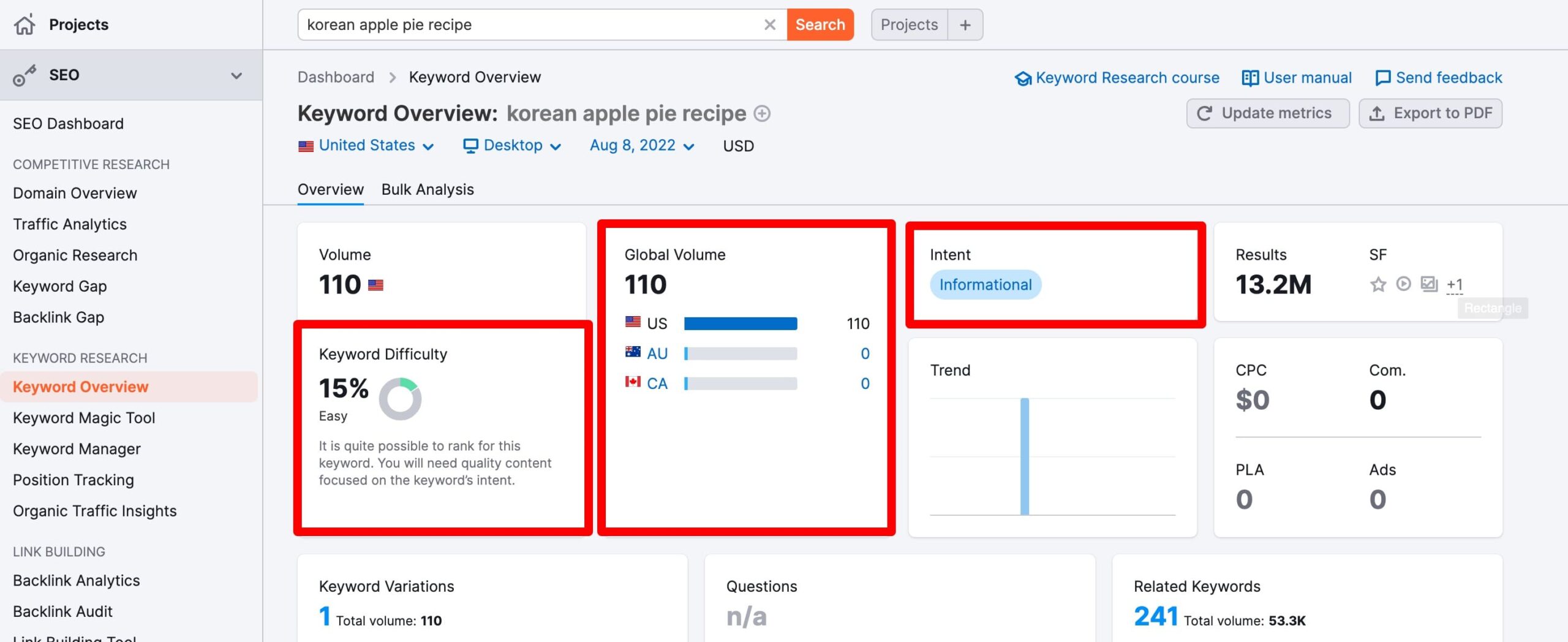
Now, to determine if this keyword is a low competition keyword, look for these three things:
- Keyword difficulty (KD)
- Search intent
- Global volume
Let’s discuss each one of them.
Keyword difficulty
You should target keywords with easy KD (0%-29%) as these keywords are not highly competitive. I also started finding keywords with KD “n/a,” they also bring organic traffic. So, you can also consider using n/a difficulty keywords.
For our example, you can see the KD is 15%. So, it’s an easy keyword to target.
Search intent
You should be able to determine the search intent from the keyword itself. Use the report to confirm if you’ve figured it right.
In our case, the search intent is informational because the reader is looking for a recipe to make apple pie. The report confirms the keyword intent is informational.
Global volume
The third thing to look for is the global volume. How many people are searching for the term monthly?
I check both volumes: Global and Country specific. Most of my site traffic comes from the USA and India. So, I need to confirm the keyword brings some traffic from these two countries.
Notice in the overview report that the global volume is 110. It’s a good monthly search volume for a keyword.
So, according to SEMrush, this is a low competition keyword.
But as a final step, I always check the SERPs for the keyword to see the ranking pages. For this step, you’ll need to install the Ubersuggest chrome extension.
I’ll search the keyword “apple pie recipe with shortcrust pastry” on Google and go through the page. If I find a ranking website with DA similar to mine, this keyword is good for me to target.
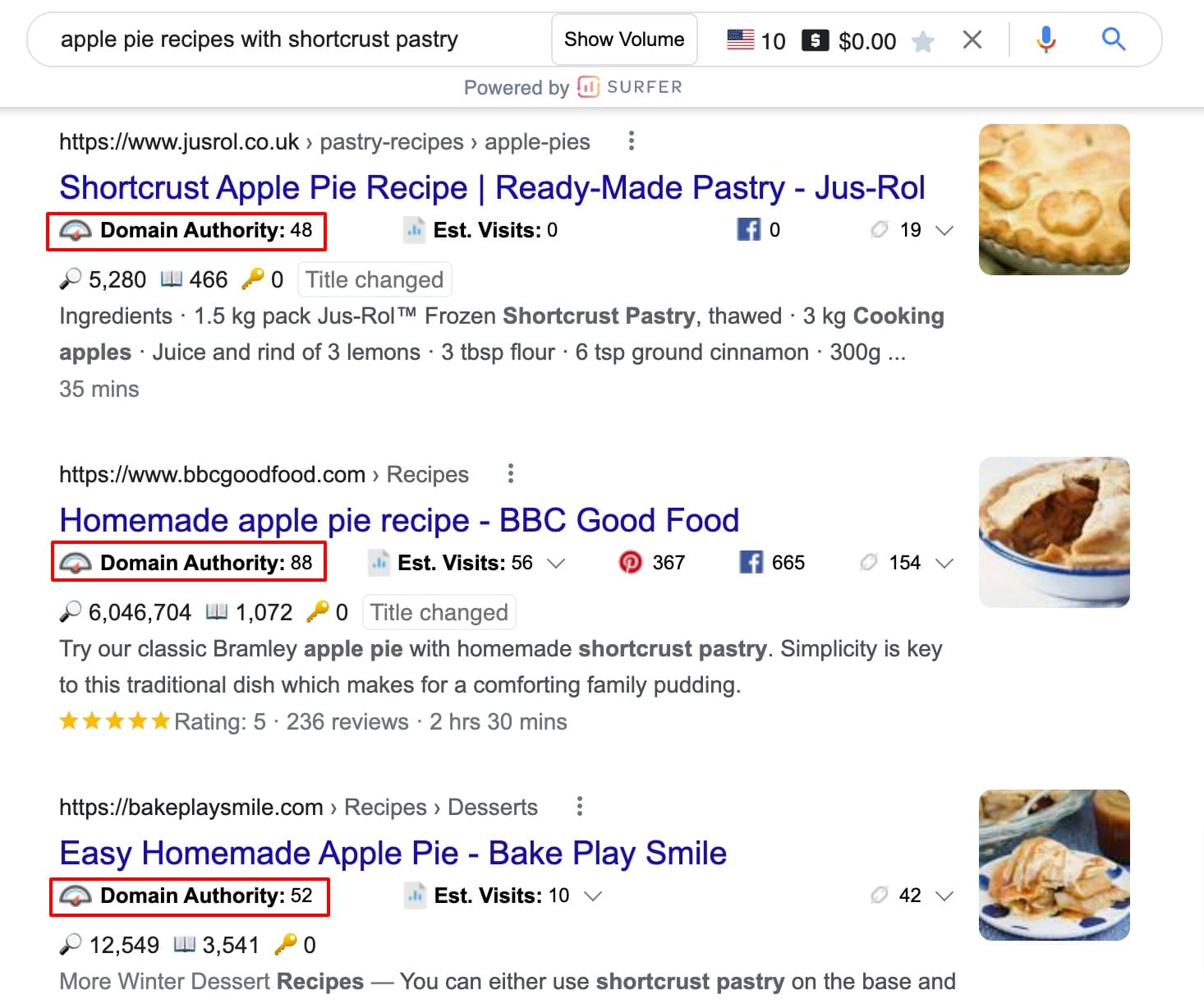
So this is how to find low competition keywords. Now check the overview report of all root keywords in your list to filter low-competition keywords.
Should you Avoid High Competition Keywords?
This question might confuse you. So, I’ll give you a one-word answer, yes.
When starting, your goal should be to rank for as many keywords as possible. And targeting low competition keywords is the only way to acquire those rankings.
You’ll be wasting your effort if you go after high competition keywords.
Besides, a long-tail keyword includes the short-tail keyword. For example, “how to make an apple pie” contains “apple pie.” So you’ll be indirectly using it in your content piece.
In short, you don’t need to focus on short tail keywords. Just find low competition keywords and create valuable, SEO-friendly blog posts.
Over time, as your rankings grow and authority improves, you’ll start ranking for these short-tail, high competition keywords.
Conclusion: How to Find Low Competition Keywords?
So this is how to find low competition keywords to create SEO blog posts and improve your search rankings.
But you still need to create better content than currently ranking. Download this 35+ point SEO checklist with both on-page and off-page SEO parameters.
So, have you found low competition keywords before? Which keyword research tool do you use to find keywords?
More resources to check out:
- Why is keyword research important for SEO?
- How to optimize your blog post for SEO?
- How to optimize blog images for SEO
- How to brainstorm blog post ideas?
I hope you found this post helpful. Follow me on Twitter, Facebook, and LinkedIn. Or why not subscribe to my newsletter and get blogging and writing tips straight to your inbox weekly?






This is soooo useful
I’m glad I clicked on this article
I’m definitely bookmarking this
Thanks. I’m glad you liked this keyword research guide. Do check out other posts.
This is a very comprehensive guide. Thanks Tia.
Thanks very much! Hope you like other articles too.
Awesome post! I’m trying to pin down a good keyword strategy and this was super helpful. 🙂
So glad Chelsy you liked the strategy. By focusing on low competition keywords you are doing yourself a favor.